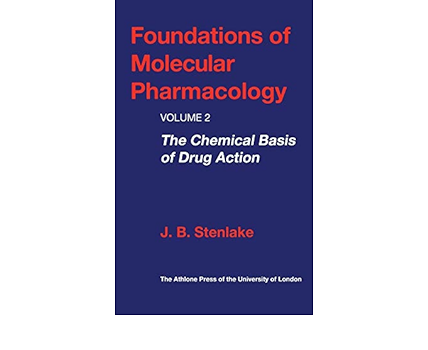Biochemistry is a captivating field of science that explores the intricate world of molecules within living organisms. It delves into the chemical processes that underpin life, from the DNA that encodes our genetic information to the proteins that carry out vital functions. In this article, we will embark on a journey through the fascinating realm of biochemistry, unraveling the magic of molecules that make life possible.
The Building Blocks of Life
- Atoms and Elements: At the heart of biochemistry are atoms, the smallest units of matter. Living organisms primarily consist of carbon, hydrogen, oxygen, nitrogen, phosphorus, and sulfur (CHONPS), along with trace elements like iron, zinc, and copper.
- Molecules: Molecules are formed when atoms chemically bond together. Common biological molecules include water (H2O), glucose (C6H12O6), and amino acids.
The Central Molecule: DNA
- DNA Structure: Deoxyribonucleic acid (DNA) is the genetic blueprint of life. Its double-helix structure encodes instructions for the development, functioning, growth, and reproduction of all known living organisms.
- DNA Replication: During cell division, DNA is replicated, ensuring that each new cell receives a complete set of genetic information. Errors in DNA replication can lead to genetic mutations.
The Machinery of Life: Proteins
- Amino Acids: Proteins are composed of amino acids, organic molecules with diverse side chains. The sequence of amino acids determines a protein’s structure and function.
- Enzymes: Enzymes are specialized proteins that catalyze biochemical reactions. They play a crucial role in metabolism, breaking down and synthesizing molecules necessary for life.
Energy Currency: Adenosine Triphosphate (ATP)
- ATP Structure: ATP is the energy currency of cells. It consists of adenine, ribose, and three phosphate groups. The high-energy bonds between phosphate groups store energy.
- ATP in Cellular Processes: ATP powers various cellular processes, including muscle contraction, active transport, and DNA replication, by releasing energy when its phosphate bonds are broken.
The Fluid of Life: Water
- Water’s Unique Properties: Water is essential for life due to its unique properties, including its ability to dissolve substances, its high heat capacity, and its role as a universal solvent.
- Hydrogen Bonding: Hydrogen bonds between water molecules give rise to surface tension, capillary action, and temperature regulation in living organisms.
Lipids: The Body’s Energy Reservoir
- Types of Lipids: Lipids include fats, oils, and phospholipids. They are hydrophobic molecules that store energy and make up cell membranes.
- Energy Storage: Fats serve as long-term energy storage in the body, providing a concentrated source of energy when needed.
Carbohydrates: Fuel for Cells
- Carbohydrate Structure: Carbohydrates consist of carbon, hydrogen, and oxygen atoms. They are classified as monosaccharides, disaccharides, and polysaccharides.
- Glucose: Glucose is a crucial monosaccharide that provides immediate energy for cells. It is transported in the bloodstream and taken up by cells for energy production.
Metabolism: Balancing Act
- Catabolism and Anabolism: Metabolism comprises catabolic and anabolic reactions. Catabolic reactions break down molecules to release energy, while anabolic reactions build complex molecules.
- Homeostasis: Biochemical pathways maintain the body’s internal environment, ensuring a balance between energy production and utilization.
Protein Synthesis: The Blueprint in Action
- Transcription and Translation: DNA’s instructions are transcribed into messenger RNA (mRNA) in the nucleus and then translated into proteins in the cytoplasm.
- Genetic Code: The genetic code specifies the relationship between nucleotide triplets (codons) and amino acids. Each codon codes for a specific amino acid.
Cellular Communication: Signaling Molecules
- Hormones and Neurotransmitters: Signaling molecules like hormones and neurotransmitters play a crucial role in communication between cells and tissues.
- Receptors: Cells have receptors that recognize and respond to specific signaling molecules, triggering cellular responses.
Conclusion
Biochemistry is the enchanting science that unveils the magic of molecules in living organisms. From the elegant structure of DNA to the versatile functions of proteins, each molecule plays a unique role in the symphony of life. Understanding the biochemistry of cells and organisms allows scientists and healthcare professionals to explore the mysteries of life and develop innovative therapies and treatments. As we continue to unravel the secrets of biochemistry, we unlock new possibilities for improving human health and the world around us.











